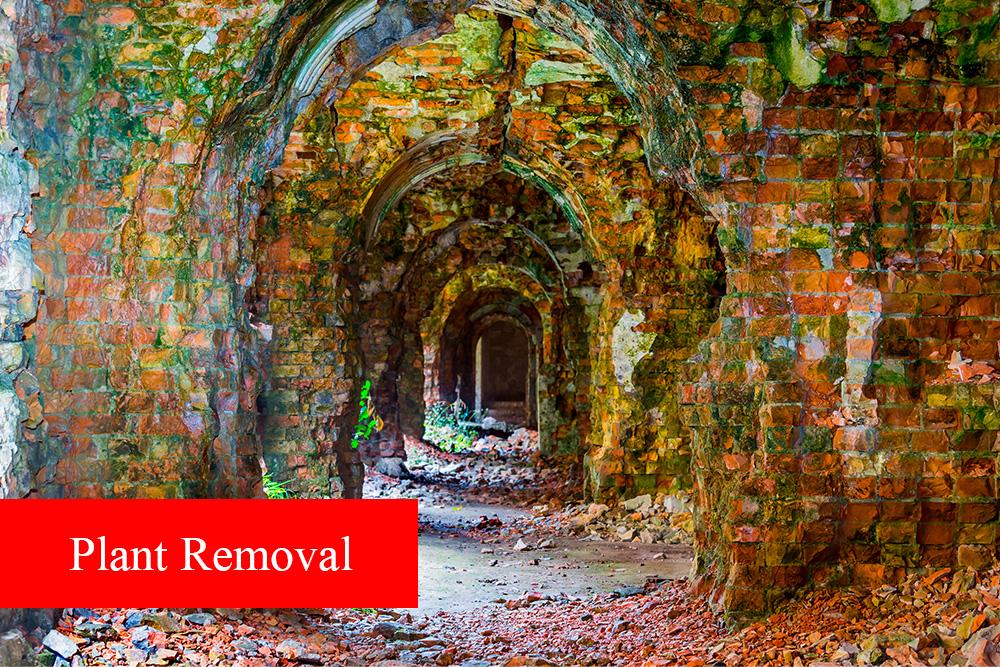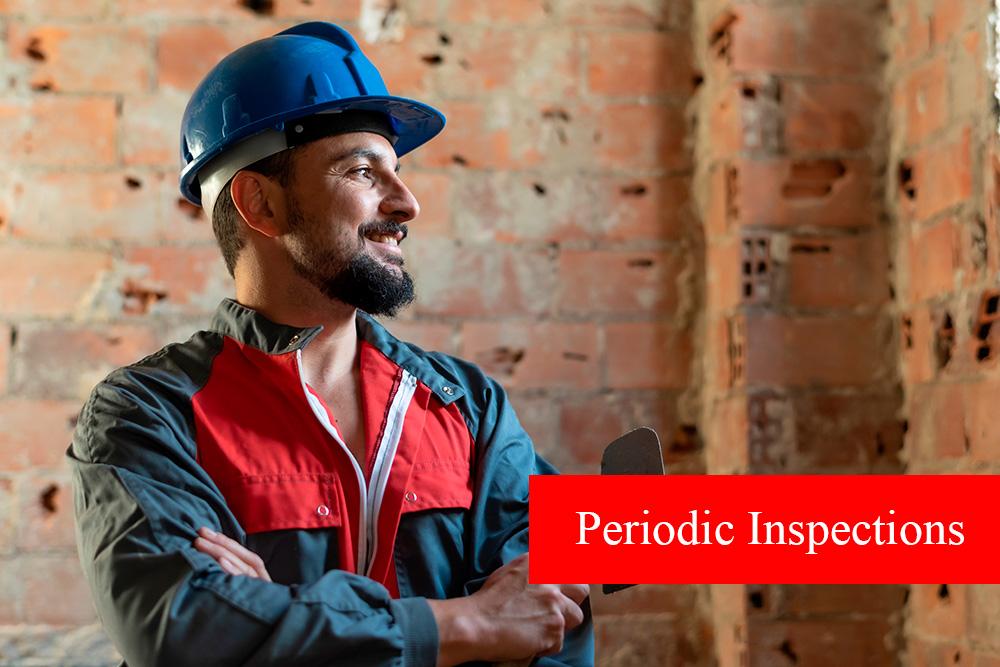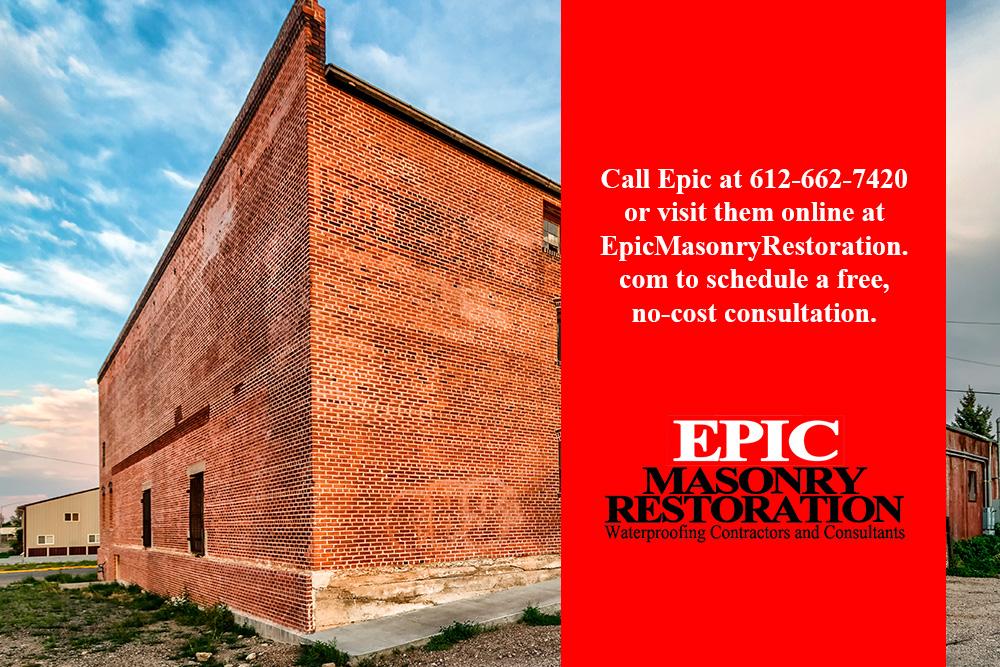Brick & Stone Maintenance for Building Exteriors
Brick and stone are popular materials for commercial construction due to the attractiveness and durability each affords. However, it is important to understand that durable does not mean indestructible, and both materials will suffer from neglect and benefit from proper maintenance. In fact, both brick and stone masonry will stand the test of time and resist the harshest weather in the most inhospitable climates when adequately cared for.
Both brick and stone masonry is stylish and sturdy, providing building exteriors with a classic look. Masonry buildings are energy-efficient and appreciate more resale value than traditional stick-built structures. While properly maintained brick and stone buildings can stand for centuries, failure to not correctly maintain masonry will result in structural integrity issues that can lead to expensive brick and stone repair at best and failure at worst. This is evidenced by centuries-old European castles that have been appropriately cared for, still commanding awe, and the neglected ones being nothing more than a pile of historic rubble. To help you keep your building in the former class, the following are five tips on brick and stone maintenance for building exteriors that will help you preserve your commercial building far into the future:
1) Plant Removal

As an examination is the starting point for any maintenance program, a prelude to performing an inspection is addressing possible landscaping issues. All bushes, shrubs, ivy, and any other foliage should be trimmed back away from the structure so you can perform a comprehensive inspection. Additionally, all plants should be kept trimmed so as not to trap water against the building.
2) Periodic Inspections

The most critical step in any comprehensive maintenance program is a thorough inspection of the structure. The two main issues to look for are brick spalling and mortar degradation.
• Brick spalling is when the surface of the bricks begins to chip or flake off. This occurs as the result of the pores in the bricks and/or mortar taking on moisture and the moisture freezing when the temperature drops. Over time, this causes enough internal pressure to cause the surface of the bricks to crack and flake.
• Mortar degeneration occurs as the result of either moisture infiltration, as happens with bricks, or from the lime in older style mortar breaking down over time. This is especially an issue with older historic buildings built before 1920, before the use of Portland-style cement mortar became common. An easy test can be performed to determine if the mortar is lime or Portland cement by simply dragging a sharp object, like a screwdriver, lightly across the mortar. If the object leaves a light mark or no mark, then it is a Portland-style mortar. If the mortar crumbles, then it is lime-based.
Understanding Various Types of Stone Maintenance
All hardware, such as flashing, anchors, and ties, should also be thoroughly examined during the inspection process. When inspecting stone buildings, it is also essential to remember that several types of stones are used in stone masonry construction. The most common types of stone include:
• Granite is an igneous rock composed mainly of orthoclase and quartz with small quantities of hornblende, mica, and tourmaline.
• Marble is formed from limestone through a natural metamorphic process.
• Traps are volcanic igneous rocks formed from cooling lava.
• Limestone is a sedimentary rock composed mainly of calcium carbonate and typically shows a stratified structure.
• Sandstone is a sedimentary rock composed of stratified quartz and other minerals such as mica and felspar.
• Gneisses closely resemble granite from which the stone was metaphorically derived.
While granite and marble are very hard and almost impervious to the elements and damage, other stones like limestone and sandstone are softer, can be more easily damaged, and may require masonry stone repair. However, all types of masonry stones should be periodically examined for damage.
3) Repairing Damage

To maintain structural integrity, all damage must be properly repaired, or the situation will only worsen. Bricks that show signs of spalling must be removed and replaced, and deteriorated mortar renewed. This is a more-or-less straightforward process on modern brick and stone masonry structures. However, brick repair on historic buildings must be adequately performed to maintain the property’s historic significance and financial value. One of the critical issues with repairing historic buildings is properly tuckpointing brick. (Read about floor restoration here.)
Tuckpointing is used to maintain the original appearance of a historic building and involves removing a portion of the deteriorated mortar, refilling the joints with fresh mortar, and then applying a thin line of a contrasting color putty down the center of the joint. This is designed to provide the appearance of narrow joints in older buildings. However, to maintain the historic look, the new mortar’s color must match the existing mortar’s color. This typically requires the specialized skill of a commercial masonry contractor with experience in brick and stone masonry restoration.
4) Applying Sealants
If no damage is found, or after repairs have been affected by a mason with experience in stone and brick repair, a sealant can be applied to inhibit future moisture infiltration. However, it is imperative that only breathable sealants are used, as using nonbreathable sealers will trap moisture inside the bricks and mortar and only exacerbate the problem. Breathable sealers are formulated with compounds having molecules that are larger than air molecules but smaller than water molecules. This allows air to flow through the sealer but prevents water from infiltrating the masonry.
5) Regularly Scheduled Cleanings
While it may seem counterintuitive that there is a need to clean masonry, regular cleanings help prevent expensive brick and stone repair. While masonry is resistant to dirt and grime, materials will hold on to contaminants if not properly cared for. If dirt and other contaminants are left to accumulate, brick and stone masonry can become stained as the dirt, grime, and road salts are absorbed into the pores of the masonry. Once stained, more effort is required to remove the contaminants, and the more aggressive cleaning processes can result in damage to the masonry.
Brick Maintenance For Masonry
The most effective way of cleaning stone and brick masonry is by power washing. While the terms “pressure” and “power” washing are often used interchangeably, the two have some significant differences. It is also critical to understand that water carved the Grand Canyon. Power and pressure washing can damage masonry, especially on historic buildings, if care is not taken when using these methods.
A power washer uses heated water to clean more effectively at a lower pressure. While the harder stones are more or less impervious to damage, bricks and some of the softer stones can be damaged by high-pressure cleaning devices. Historic brick and masonry are particularly susceptible to damage from pressure washing. Because of the potential for damage, cleaning brick and stone masonry, especially historic masonry, should be performed by a professional with the experience and specialized equipment needed to perform the job safely.
Establishing and maintaining a maintenance schedule for brick and stone masonry is the best way to avoid costly repairs. Here a professional masonry contractor can be of immeasurable help in inspecting, repairing, and sealing your stone or brick building, as well as setting up a proper maintenance schedule to keep your building looking great for decades to come. Epic Masonry Restoration specializes in commercial and historic masonry and has years of experience in brick and stone masonry restoration in the greater Minneapolis and St. Paul areas. Call Epic at 612-662-7420 or visit them online at EpicMasonryRestoration.com to schedule a free, no-cost consultation.

